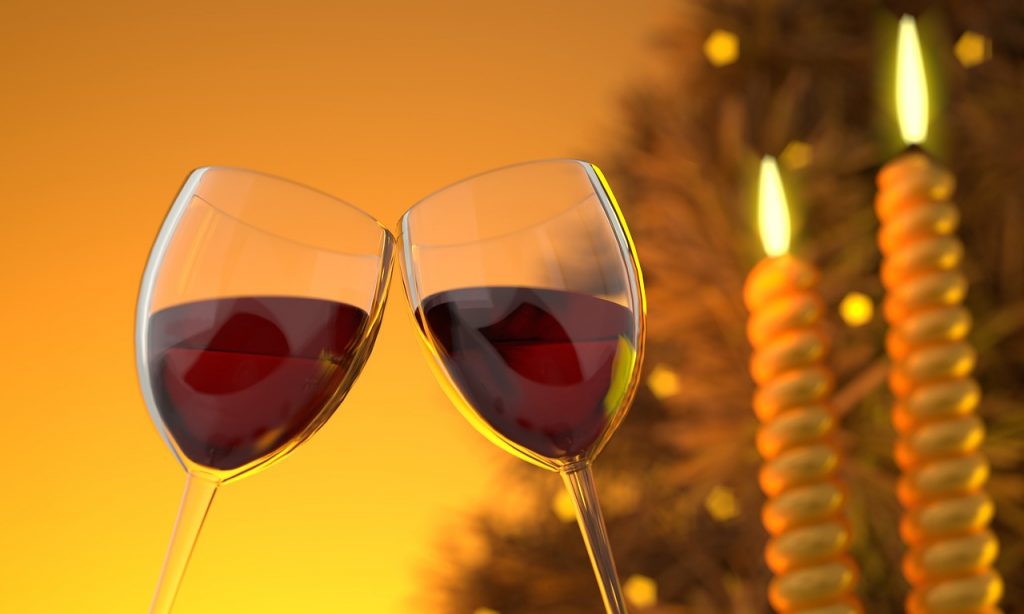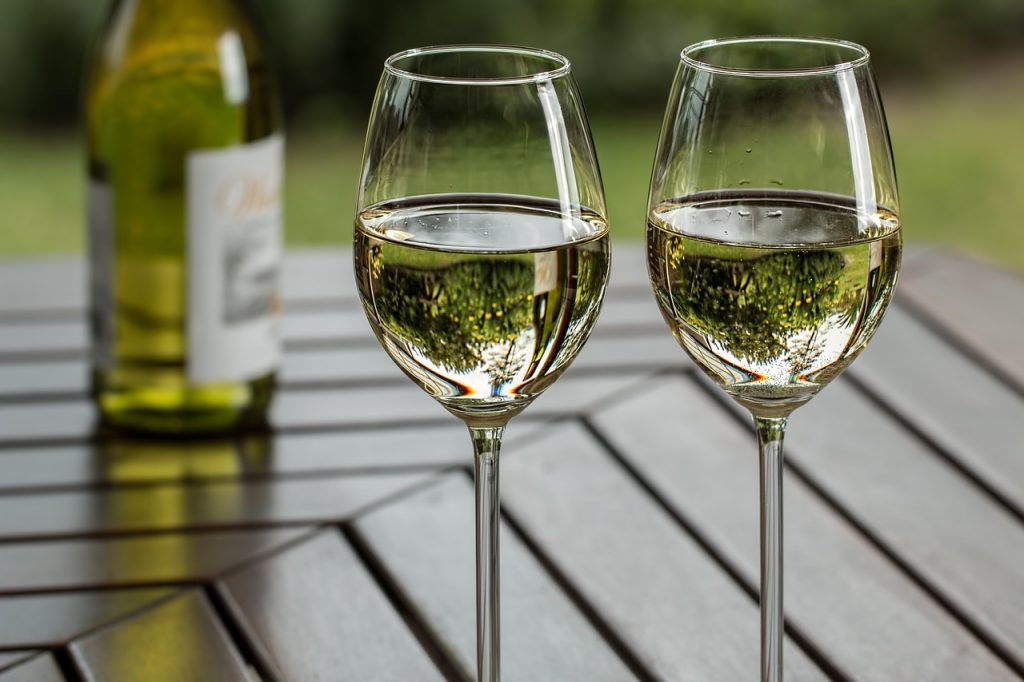Wine Has More Sugar Than You Think It Does
Enjoying a glass of wine or two may cause you to reach your daily sugar intake, a new analysis reveals.
This article is more than 2 years old

For wine drinkers, many know that the fermented beverage has extensive health properties. But, this popular alcoholic beverage might have a caveat leaving connoisseurs disappointed. A new analysis reveals troubling statistics about wine and its high sugar content.
The Alcohol Health Alliance in the UK surveyed 30 different bottles to measure how much sugar was in each. Certain bottles contained up to 59 grams of sugar, more than a single breakfast pastry. This means that about two glasses of high-sugar wine is enough to reach the recommended daily dose of sugar for adults.
The Health Alliance surveyed a range of wine varieties, including red, white, rosé, and champagne. Since bottles are not required by law to contain nutritional information, this analysis came as a shocking surprise for many wine consumers. Only a fifth of the wine bottles analyzed had calorie information on the container, with the rest having almost no additional info. Hopefully, this analysis will push for necessary nutritional details on all wine products.
The NHS recommends an adult intake of 30 grams of free sugar per day. Free sugar is classified as sugars from juices, smoothies, other beverages, or additive sugars in pastries and snacks. If bottles of wines have 60 grams or more, then one or two glasses will get you to the NHS limit very quickly. This discovery is essential for tho watching their nutritional intake since most wine bottles do not indicate excessive sugars.
In the UK, for instance, wine bottles are only required to contain a few details about their contents. The ABV, or alcohol by volume, must be displayed with its proper units on the bottle. The other required information is allergin warnings or any possible cross-contamination knowledge. No other health advisories, calorie content, or ingredients are lawfully imposed on wine distributors.

One of the Alcohol Health Alliance chairs, Sir Ian Gilmore, found the current status of no nutritional information on wine bottles “absurd.” Since ingredients and their amounts are listed on every grocery store product, it’s peculiar that wine companies can get away with cryptic, uninformative bottles. Though many associate wines with heart health, excess wine drinking is linked to various bodily ailments, including seven types of cancer. Excessive drinking might be curtailed if the proper nutritional value was indicated on UK wine bottles.
A surprising detail of the Alcohol Health Alliance report was in the low-strength wines. Some might want to opt for less alcoholic vino as a healthier option, but the study found wines with a lower alcohol percentage had the highest sugar content. The group didn’t find a definite reason for this outcome, but manufacturers might want to overcompensate with extra sugar in low ABV wines.
Wine has been a crucial part of numerous societies for centuries, but its manufacturing, distribution, and ingredients have changed significantly. Since products sold in grocery stores must contain nutritional value indications, it only makes sense that alcohol distributors would need to follow suit. Thanks to the Alcohol Health Alliance in the UK, this revealing study about astronomical sugar content may be the necessary push for legislatures to crack down on ambiguous bottle labels.



